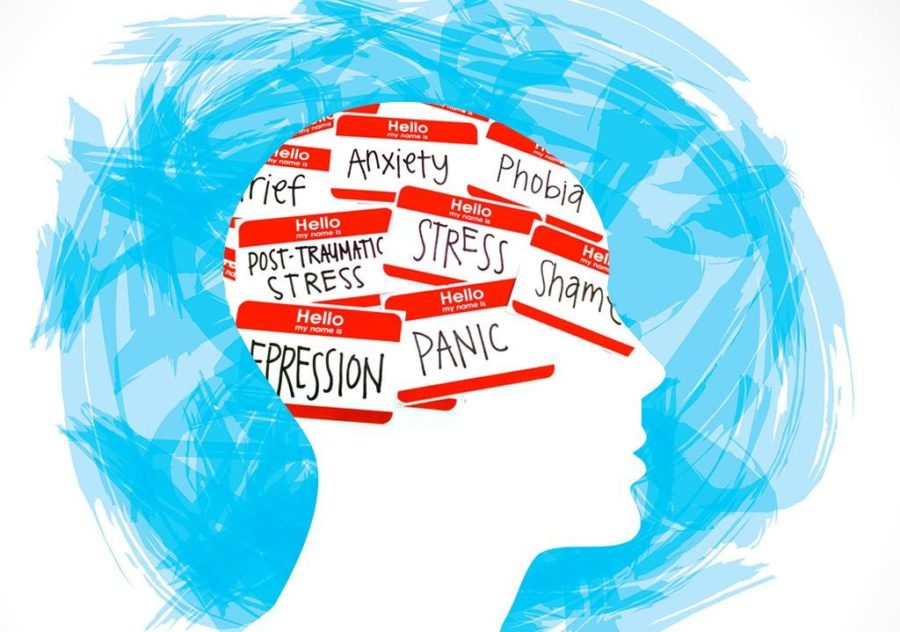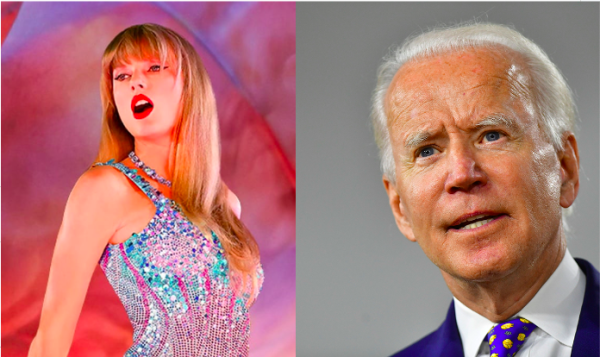Mental Health in Adolescents
According to the National Alliance of Mental Health, it is estimated that one in five adults in America experience mental illness (that’s about 43.8 million adults in a year). Mental illnesses in adults look different than they do in adolescents, particularly teenagers. In adults, the symptoms of mental health illnesses are usually consistent with what you find online, while for teenagers, mental illnesses are typically found as a combination of the actual illness and adolescent development. Because of this difference, the National Alliance of Mental Health estimates an average delay between onset of mental illness and treatment to be eleven years. High school is a particularly stressful time with pressures and expectations coming from different sources such as sports, friendships and relationships, family life, and the dreaded school work.
Many high schoolers are able to balance their academics, extracurricular activities, and social lives all while maintaining a positive mental health status. Although there are many who experience healthy mental health, according to a study in 2017 by the U.S. Department of Health and Human Services, one in five adolescents are living with a serious mental health disorder. Less than half of those affected by these disorders actually receive help or treatment. This statistic could be due to undiagnosed disorders, lack of knowledge about mental illnesses, or because of the stigma surrounding mental health.
Mental health is not seen as an actual issue to many people from different backgrounds or cultures. Just like we would go to the hospital if we had a serious physical illness, we should go seek professional help for our mental health as well because it is just as important. Just because mental health isn’t as visible as many physical illnesses does not mean we should treat it any differently.
The key to helping those affected by mental illnesses is early recognition and treatment. It is important to know the warning signs of mental illnesses in teenagers so they can get help earlier. Disorders such as emotional issues are harder to diagnose in teenagers because of commonly experienced mood swings, but there are warning signs for each disorder that we should be more aware of. For example, Mayo Clinic identifies the common symptoms of depression in teenagers as the loss of interest in activities, isolation, irritability, low self-esteem, and difficulties concentrating. Teenagers normally experience many of these symptoms due to maturing, but the symptoms become a problem when they occur more frequently than usual, and appear to be severe.
One of the most important things for the future of mental health is to break the stigma associated with mental illness. If there wasn’t so much shame put around mental disorders, people (especially teenagers) would reach out for help sooner. To break the stigma, mental health issues should be discussed more openly and in a positive light. Imagine what could happen if we educated others, had accurate depictions and representations in the media, and showed more empathy for those dealing with mental illnesses.
Mental health does not always need to be a negative thing. One important aspect of maintaining positive mental health or coping with mental illnesses is the practice of self-care. Self-care looks different to every person, and if you haven’t found the perfect solution yet, no need to fret. Some popular examples include listening to music, going for a walk, being around family and friends, taking a bubble bath, or doing a hobby. I personally also enjoy painting, writing poetry, taking some time to myself, and getting a good night’s sleep. The key is to find the right mixture of things and to consistently do them. Don’t wait until you feel bad to take care of yourself. With the 2019/2020 school year ahead of us, how can we as a community take care of one another (and most importantly ourselves) while breaking the stigma surrounding mental illness?

Hi! My name is Mecca McCain and I'm a senior this year. This is my first year writing for the Wildezine, and I am so excited to write opinion pieces and...






